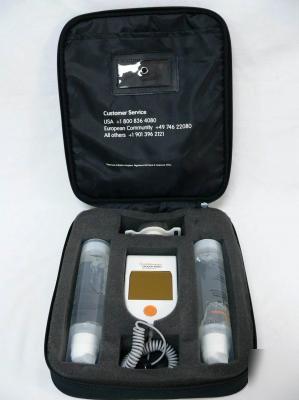

It is best not to move the injured area unless it is prone to further harm. Treatment received right after an injury can affect the overall healing process. Treating Compound Fracturesįirst aid is crucial in treating compound fractures. These are done to ensure there are no infections or contamination. That includes the color of the skin, bleeding and nerve damage. Providers may check for potential complications by examining beyond the area of the injury. A CT scan or MRI will provide a clearer view of the damage. Health care providers may try to get a more comprehensive understanding of the injury by administering an X-ray and physical examination. Diagnosing Compound FracturesĪ compound or open fracture is evident compared to other types of bone injury. The most important thing for emergency aid is to take steps to prevent the injury from getting worse, followed by allowing the bone to set properly. Treating compound fractures includes addressing the various symptoms. Swelling or bruising to the affected area.

Nerve damage (may either increase or reduce the pain).

Other associated symptoms of compound fractures include:
#Compound break skin#
The primary one is that they have a broken bone that goes through the skin or is visible. Symptoms of Compound FracturesĪn injured person can experience one or several symptoms of compound fractures. Another potential cause is overuse of the same muscle and bones from repetitive movement. People with osteoporosis have weaker bones that may break easily.


 0 kommentar(er)
0 kommentar(er)
